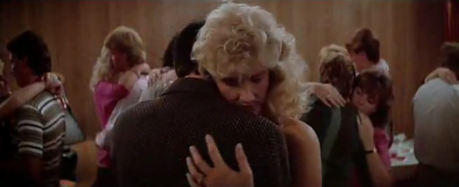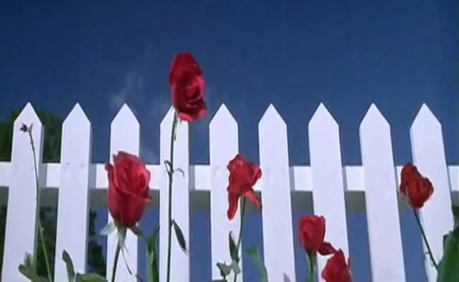“Nostalgia (noun): a sentimental longing or wistful affection for a period in the past”
- Oxford English Dictionary
This definition of nostalgia is still fairly new. Originally, nostalgia was a medical-psychological term to describe the feelings of soldiers far from their homelands. It was a crippling homesickness, and those diagnosed with nostalgia were given leave to return home for a short period of time to regain their strength. Since then, nostalgia has progressed from the pathological to the emotional.
Nostalgia is the feeling that if you could reclaim a sense of the past, everything would be better. Wasn’t everything better back then? Nostalgia is a sense of pride in a self-created history. It has come to dominate many forms of popular culture. The rise of the costume drama, pin-up advertising, vintage fashion, and even the increased use of vinyl record players are all forms of indulgence in nostalgia. A cultural pull toward the aesthetic of the past fascinates me. It seems both backwards and subversive.

The first time I came across Blue Velvet, it was in an article about nostalgia. I was working on my senior thesis, and I was writing about the use of the freak show in popular fiction. I was reading this particular article because it talked about American nostalgia and the grotesque. As it turned out, the article wasn’t all that useful to what I was writing about, but it put Blue Velvet on my radar.
When I saw the movie, I was immediately struck by the constant transitions that Lynch makes between nostalgia and a sort of warped present. Lynch revels in the kitsch of the past, and at the same time uses the past to reveal that there was never a time when “everything was ok.” He creates the world of the film through careful placement of anachronisms and by blending the old with the new.
Because of this, it’s very difficult to figure out when the film is actually supposed to take place. The costuming of the film utilizes a mixture of “classic” styles and contemporary 1980s clothing. As you can see in the below screenshot, sometimes the setting and the costuming looks like it came straight out of “Grease.” But if you look very closely, you’ll notice that the slouchy quality of the sweaters and the cut of the skirts are definitely very 1980s.

This temporal ambiguity is furthered by storytelling techniques particular to film. Lynch juxtaposes a script soaked in anachronism and turns of phrase found in film noir with a brilliantly colored film. Not only are the colors of “Blue Velvet” vivid, but Lynch purposely puts together scenes of almost unreal color. One could argue that it’s the default of directors to film in color, but it wasn’t Lynch’s default. By the time he was writing Blue Velvet, he had already directed The Elephant Man and Eraserhead, both in black and white.
This choice shows a delicious contrast to the film noir classics that Lynch is so obviously using for inspiration. It’s very similar, but things have turned out just a little bit different. The color makes this “parallel world” very close to our own. It blurs the line between eras, confusing the viewer, suggesting that the past was not as simple as we’d like to remember.
In Blue Velvet, the nostalgia we’re meant to feel for the era of film noir is just a cover-up for the disturbing things going on in our own minds. The unreal color Lynch uses at the beginning of the film adds to this feeling. Everything seems perfect right off the bat, but as the story goes on and more of the reality of the town is revealed to Jeffrey, the color resolution becomes less intense. Fewer lights are used, until the dream-like resolution of the film. But because Lynch switches back to this mode of filming, the viewer can’t trust the ending. It’s too similar to the dreamy beginning shots.

Nostalgia is created not only visually, but audibly as well. The language that mirrors film noir (i.e., “that’s a human ear all right,” and “it’s a strange world, Sandy”) adds to the idea that this is a parallel world to ours. The scoring of the film also borrows heavily from film classics through both the instrumentation and certain musical refrains. I can immediately recognize riffs borrowed or updated from Hitchcock classics, in particular Vertigo and Rebecca. For some of the more whimsical scenes, the scoring borrows from Hitchcock’s album release “Music to be Murdered By.” The scoring also utilizes certain singles, such as the titular “Blue Velvet” by Bobby Vinton. This adds to the temporal ambiguity of the film as a whole, because these musical references don’t come from any specific era other than The Past In General.
Lynch’s film brings the sickness back to nostalgia. He combines the pathological and emotional, leaving the viewer uncomfortable. There are other aspects of the film (the ritualistic rape scene, Frank’s addiction to amyl nitrate, etc.) that make it widely considered one of the most disturbing movies of all time. But Lynch’s disfiguring of our inner desire for a dream of the past is unsettling in a way that is very difficult to describe. If you’re in the mood for a disturbing tale staring into the nostalgic American consciousness, crack a PBR and watch this film.
Abbie Plouff 2/21/12

